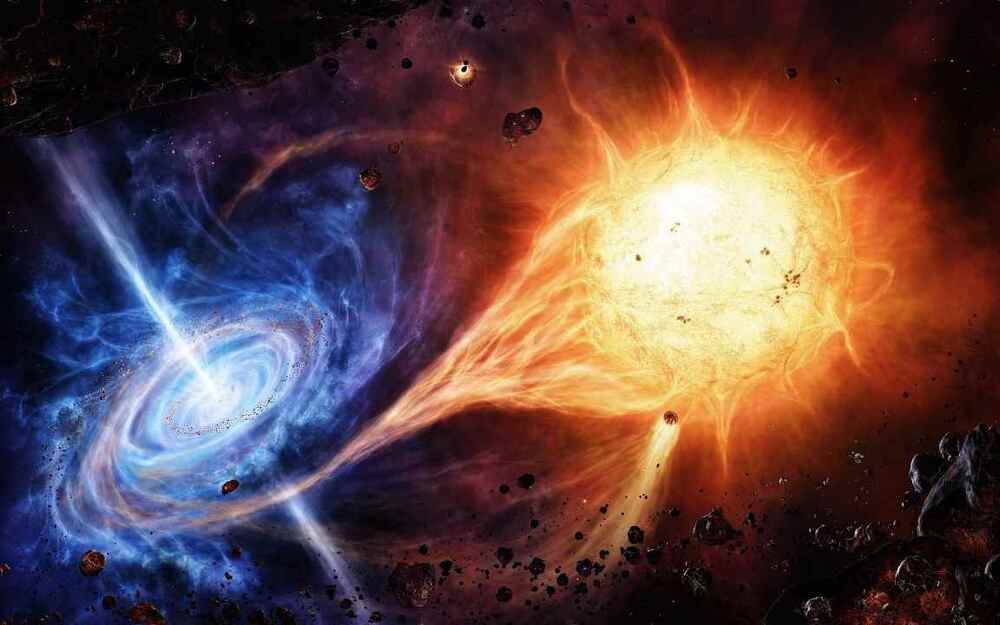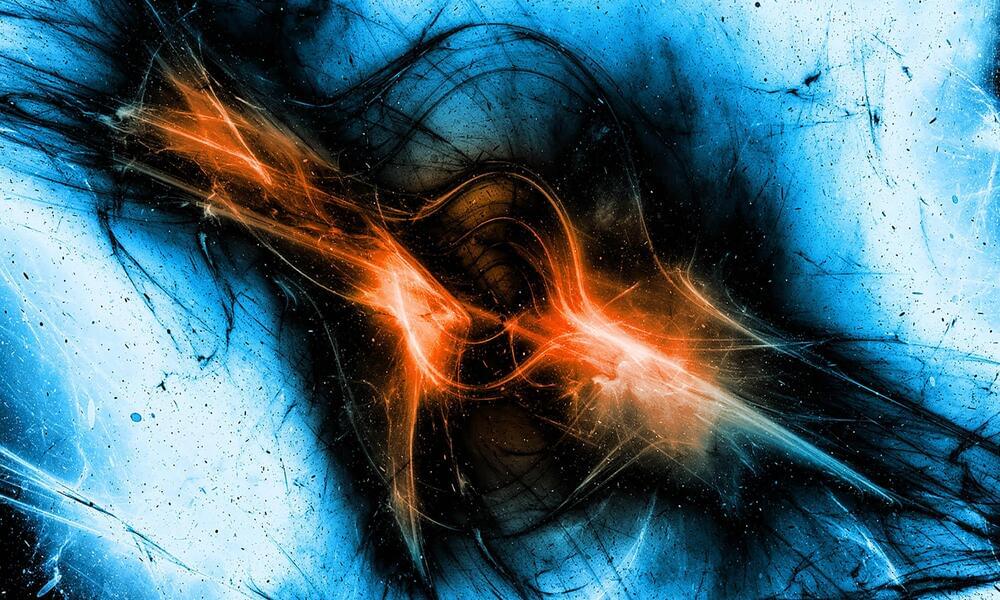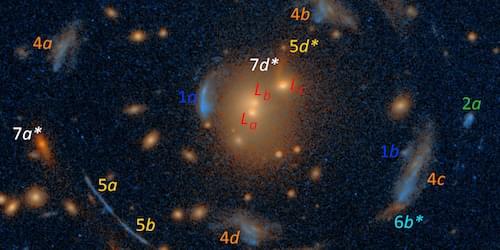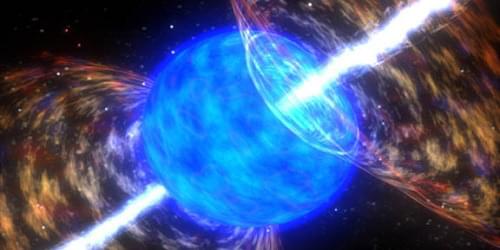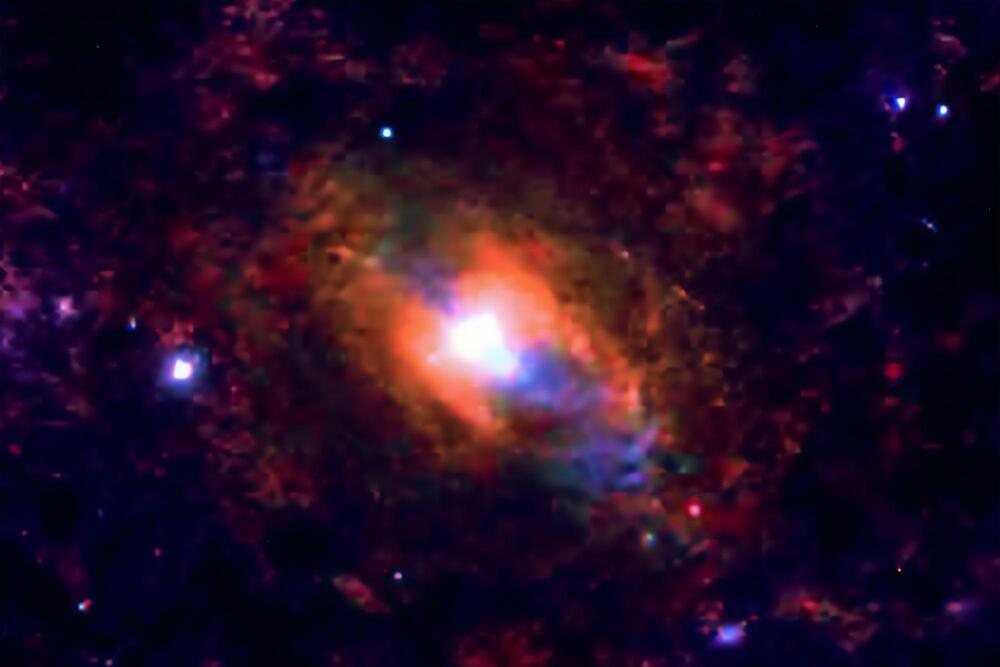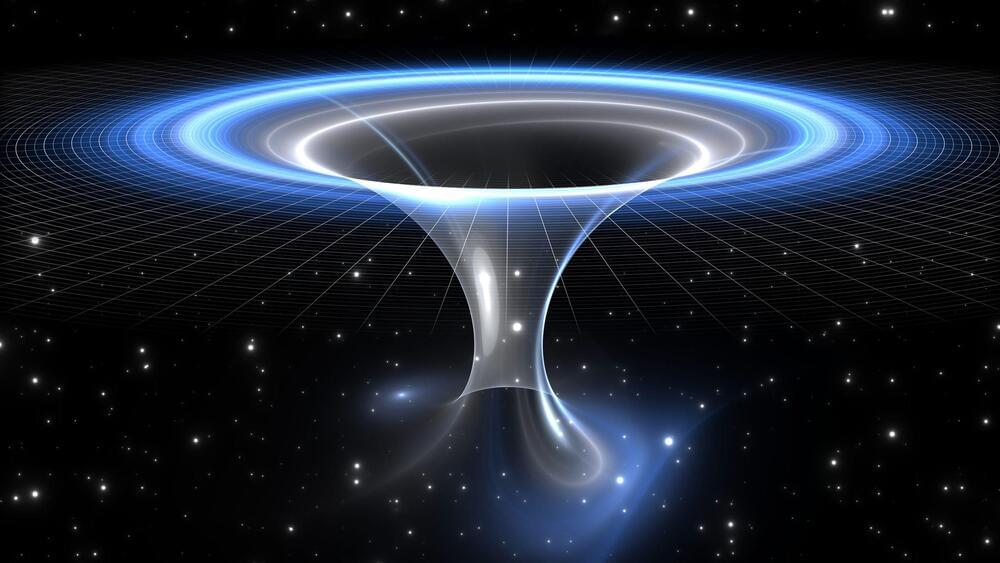Research suggests dark matter may not exist, and the universe’s age is approximately 27 billion years, according to a recent study on Earth.com
The universe has always held mysteries that spark our curiosity. As we currently understand it, the fabric of the universe comprises three primary components: ‘normal matter,’ ‘dark energy,’ and ‘dark matter.’ However, new research is turning this established model on its head.
Enter Rajendra Gupta, a seasoned physics professor who isn’t afraid to question the status quo. With years of research under his belt, Gupta is shaking up our understanding of the universe.
Gupta, based at the University of Ottawa, conducted a study that suggests we might not need dark matter or dark energy to explain the workings of the universe. This bold claim is turning heads in the scientific community.

